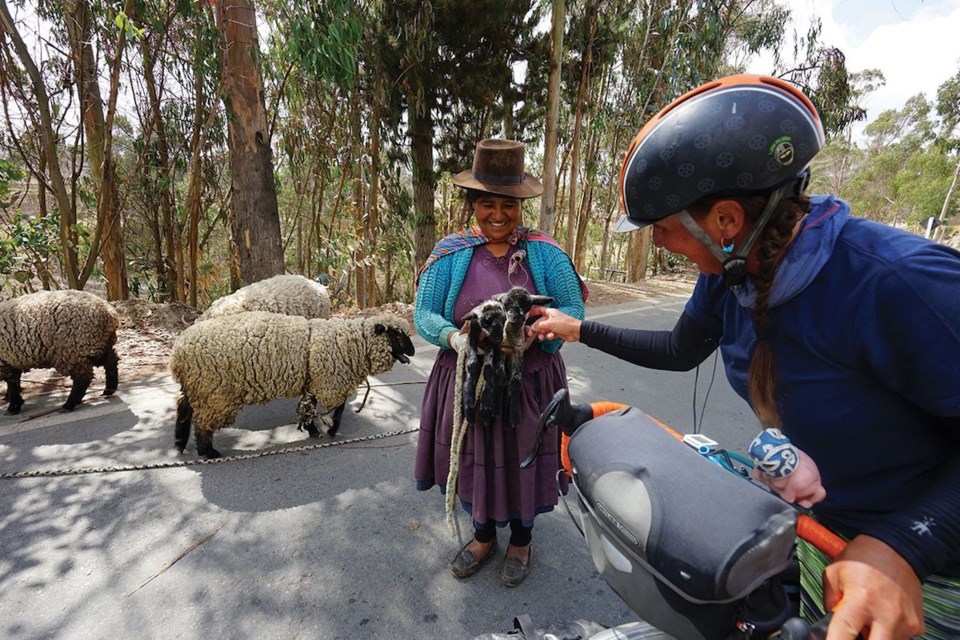Ìý
- "What would kill the devil?"
- — Finnish proverb
It wasn't the altitude sickness in the Peruvian Andes or the grizzly bear encounter in Alaska. It wasn't the gruelling 100-kilometre stretches to find water in the scorching Argentinian desert or the debilitating mud patches in the Pacific Northwest. It wasn't even the exhaustion from two weeks of the same flat scenery, 20 months of continuous riding or being sick of each other's company.
In the end, what nearly halted a two-year, 30,000-km bikepacking journey wasn't one of tragedy or grit.
It was a mosquito.
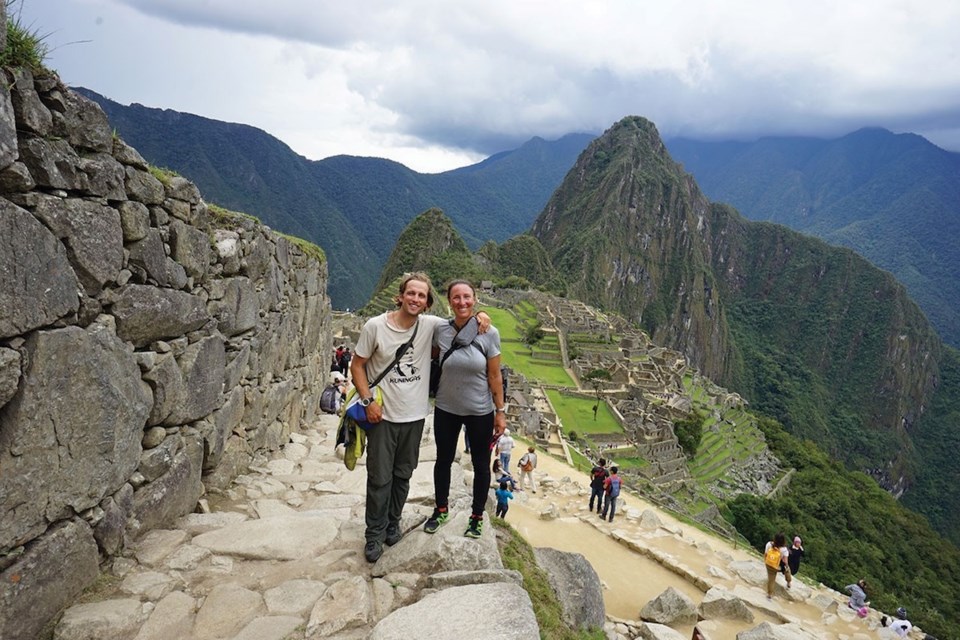
Biting off more than you can chew
Asked if there was a moment on their 20-month cycle from the tip of Alaska to the bottom of Argentina when they thought they'd call it quits, Kristen and Ville Jokinen, both 37, pause for a moment, each searching the other's face for clues to a seemingly implausible question. Kristen drums her fingers on the table while Ville raps the outside of his coffee cup. Finally, Ville breaks the silence, answering in a slight Finnish accent.
"When Kristen came down with Dengue fever halfway through our ride in Costa Rica," says Ville, "that was the only time I thought we physically might not be able to finish.
“We're the type of people who really like adventure but like to take it to the extreme. So we knew that if we didn't make it, it'd only be because of something physical, more likely an accident."
The couple aren't new to adventure — they met scuba diving in Vietnam and spent several months hiking the 4,263-km Pacific Crest Trail in 2011. Five years later, they rented out their home and, with no previous long-distance bike training, found themselves in the small rural area of Prudhoe Bay, at the very tip of Alaska. They pedalled south, crisscrossing through the Americas, eventually finishing in Ushuaia, Argentina in February of this year. "That first day, we asked a fisherman to take our photo," says Ville. "He asked where we were going and we said, 'Argentina!" And he shrugged his shoulders, said 'Cool,' and walked away."
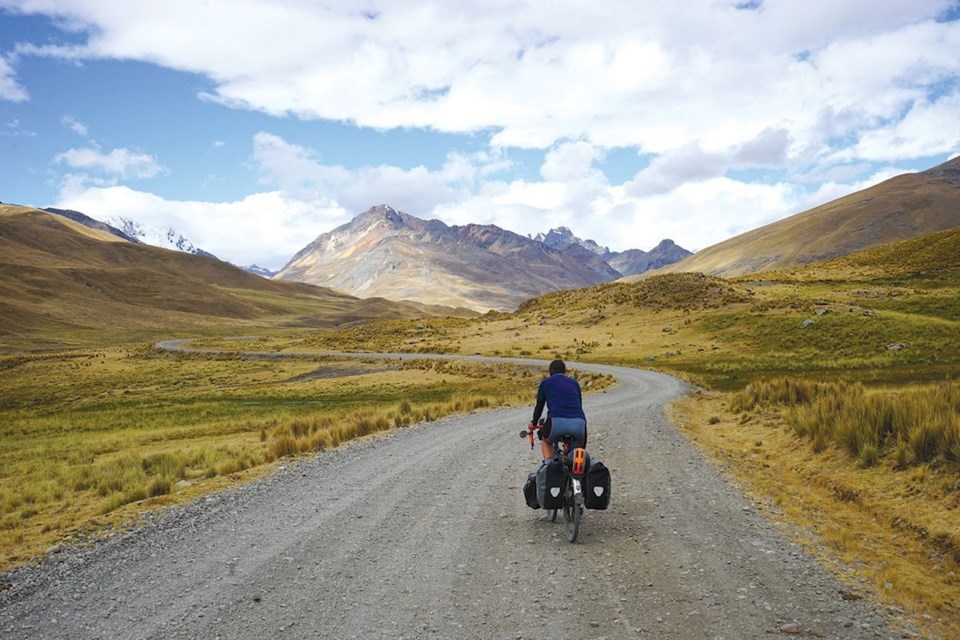
Though the fisherman wasn't exactly impressed, the trip was fraught with unknowns, and accidents were a very real possibility. No one thought a tiny mosquito laced with Dengue — a disease closely linked to the West Nile virus and yellow fever — would be the ultimate reason they almost cancelled their journey.
"It took me out for nearly five weeks," Kristen recalls. "It was the most debilitating and painful thing I've experienced... I felt dead to the world."
After a hospital visit and a prolonged stint in bed, she eventually got back on her steel-framed Surly bike, slowly building strength while heading to South America, where they would eventually finish a year later. "Those first few weeks back were incredibly hard. Nothing Ville said could make me feel better. So we just took it one day, one week at a time," she says. "With bikepacking, you need to set small goals to get past those humps. If you look at the big picture, it's enough to kill even the craziest adventurer's dream."
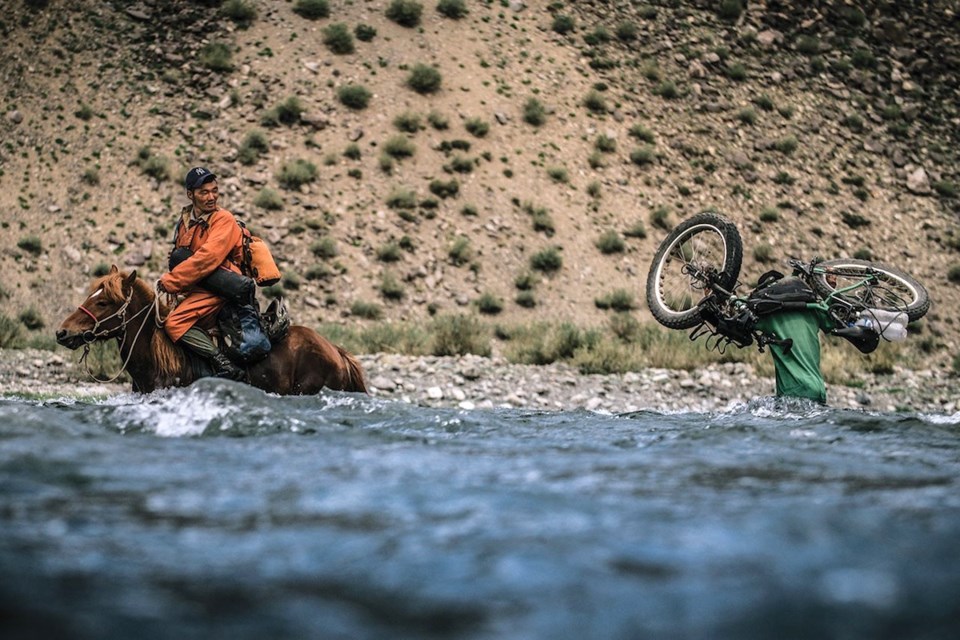
Bikepacking basics 101
Originally coined by formerÌýNational GeographicÌýeditor Noel Grove, the term "bikepacking" first appeared in a 1973 article entitled, "Bikepacking Across Alaska and Canada," in which Grove described his long-distance bicycle tour featuring a fix of pavement and gravel routes.
Now there are more than 200 established bikepacking trails across nearly all continents, with the movement gaining steady momentum. In the past three years, websites such asÌýÌýhave become awash with free, open-source information created by bikebackers themselves. Users can quickly scan established routes for length, geographic location, difficulty, percentage of unpaved versus paved roads, and they can even sign up to scout new trails.
Bikepacking fuses the long-distance style of touring with the ruggedness of off-trail mountain biking, while cutting down on gear. "We try to be minimalists," says Ville, "living simply and without much." Anything from full-suspension mountain bikes to fat bikes are now commonly used, though many long-distance riders opt for heavier steel-framed hardtails since these bikes are relatively inexpensive, sturdy and have a larger frame space to strap goods onto.
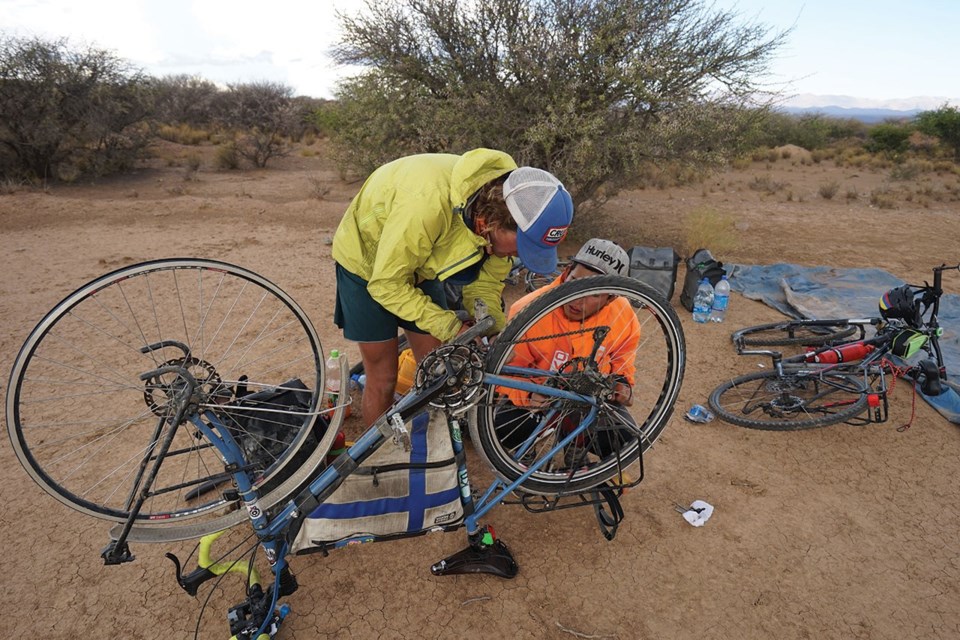
Ville and Kristen say their matching Surly steel hardtails cost them US$1,500 each and that the most important part was building out their tires, though they found that Kristen's industry standard 26-inch (66-centimetre) tires were easier to repair south of Mexico. For Ville, who had the rarer-to-find 700 tires, they often had to have their family ship them parts.
GPS maps were also extremely important and though the pair didn't invest in a dedicated GPS unit, they used popular smartphone apps such asÌý, which allowed them to download detailed maps of the area they were in and use them offline. Other essentials included first-aid and repair kits, water filters and a good way to make coffee.
You can spend a weekend bikepacking, exploring routes close to your home or test the waters with a 12-day stint on the BC Trail starting out of the Fraser Valley and into Fernie. For those wanting to dive in, a classic route is the Great Divide Mountain Biking Route (GDMBR), a 4,339-km haul from Banff, Alta. to Antelope Wells, N.M. on the U.S.-Mexico border.
Life is about the journey
Pat Valade is one such B.C. native who recently forayed into the world of bikepacking, and is a shining example of how anyone with enough perseverance and persistence can complete a multi-day biking and camping trip.
The Squamish-based photographer completed his first bikepack on a Kona bike he built up from a single speed. Last year, he rode a 10-day portion of the GDMBR, joining an experienced friend who went on to complete the entire route and who he credits for showing him the ropes.
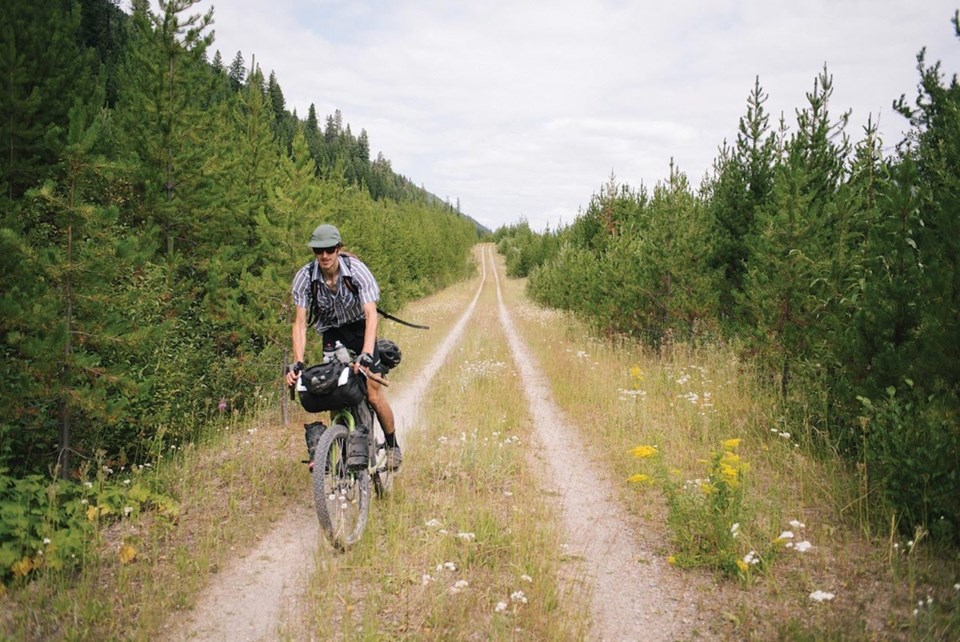
"I basically just did weekend trips to start," says Valade, who chose to do the Banff to Missoula section of the GDMBR. "It was such a surreal learning experience biking away from Banff and going completely into nature. It was like the art of letting everything go. It was just me and the bike. You put away the cellphone, forget about your emails and basically melt into your surroundings. It took about one to two days of peddling, but eventually you naturally shut off."
Valade says that he's learned having a good riding partner, one who is a motivator, especially during tough times, is what kept him going. "You're going to be going up a lot of hills, it'll be hot, dusty or you might run out of water," he says, "and trust me, you want someone to laugh with when you've run out of water." Changing his tone, he adds, "But you also need someone who can seriously help you and not complain about it. Basically someone you can have a comfortable silence with."
Experts recommend taking an inaugural overnight trip of about 30 to 80 km. Valade recommends the trails in and around the Kettle Valley and Sunshine Coast as great two- to three-day trips, averaging about 120 km.
Ìý
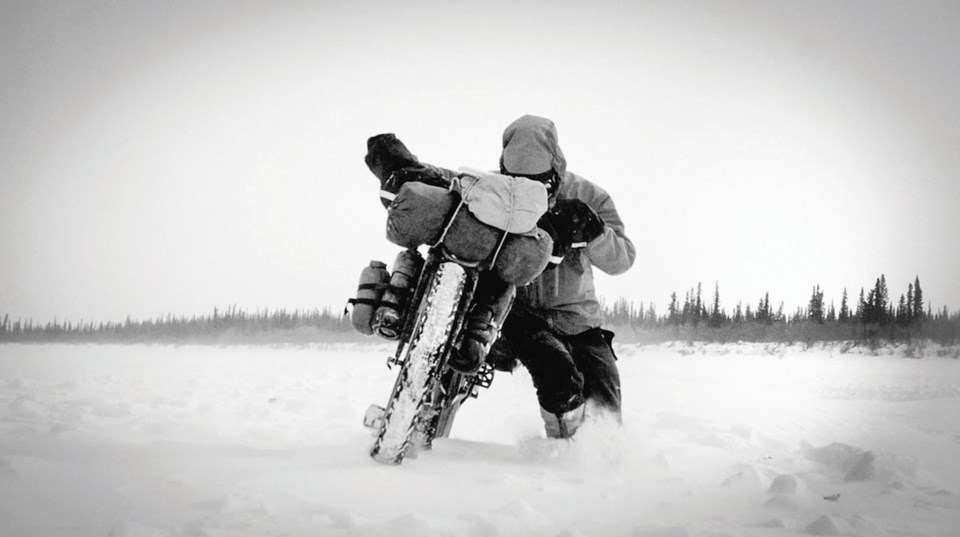
This is a shortened version of a story that first appeared in . You can ; it includes an interview with Ben Page, a 26-year-old British cyclist who completed an impressive three-year biking journey in 2017 and documented his solo journey across the Canadian arctic in his short film,ÌýThe Frozen Road. The story also includes advice on what gear to buy.
CHECK OUT:
Ìý
